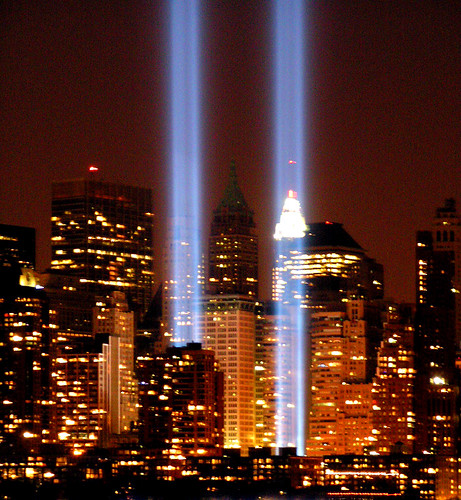
Class conflict refers to the concept of underlying tensions or antagonisms which exist in society due to conflicting interests that arise from different social positions. Class conflict is thought to play a pivotal role in history of class societies (such as capitalism and feudalism) by Marxist who refer to its overt manifestations as class war, a struggle whose resolution in favor of the working class is viewed by them as inevitable under capitalism.
Class conflict occurs in ‘The Secret River’ by Kate Grenville. The conflict between William Thornhill and the higher class ‘gentry’ is shown as he is disrespected working on the job as a lighterman. In contrast to this, when William is establishing his family’s life in Australia he climbs up the ‘class ladder’ so to speak and has two slaves himself. He is now the higher class gentleman and shows them the same disrespect the gentry did to him back in his old life as a lighterman.
The typical example of class conflict described is class conflict within capitalism. This class conflict is seen to occur primarily between the bourgeoisie and the proletariat, and takes the form of conflict over hours of work, value of wages, cost of consumer goods, the culture at work, control over parliament or bureaucracy, and economic inequality. The particular implementation of government programs which may seem purely humanitarian, such as disaster relief, can actually be a form of class conflict. Apart from these day-to-day forms of class conflict, during periods of crisis or revolution class conflict takes on a violent nature and involves repression, assault, restriction of civil liberties, and murderous violence such as assassinations or death squads.
www.thecyberhood.net/documents/papers/hyra.pdf -
by anonymous student


No comments:
Post a Comment